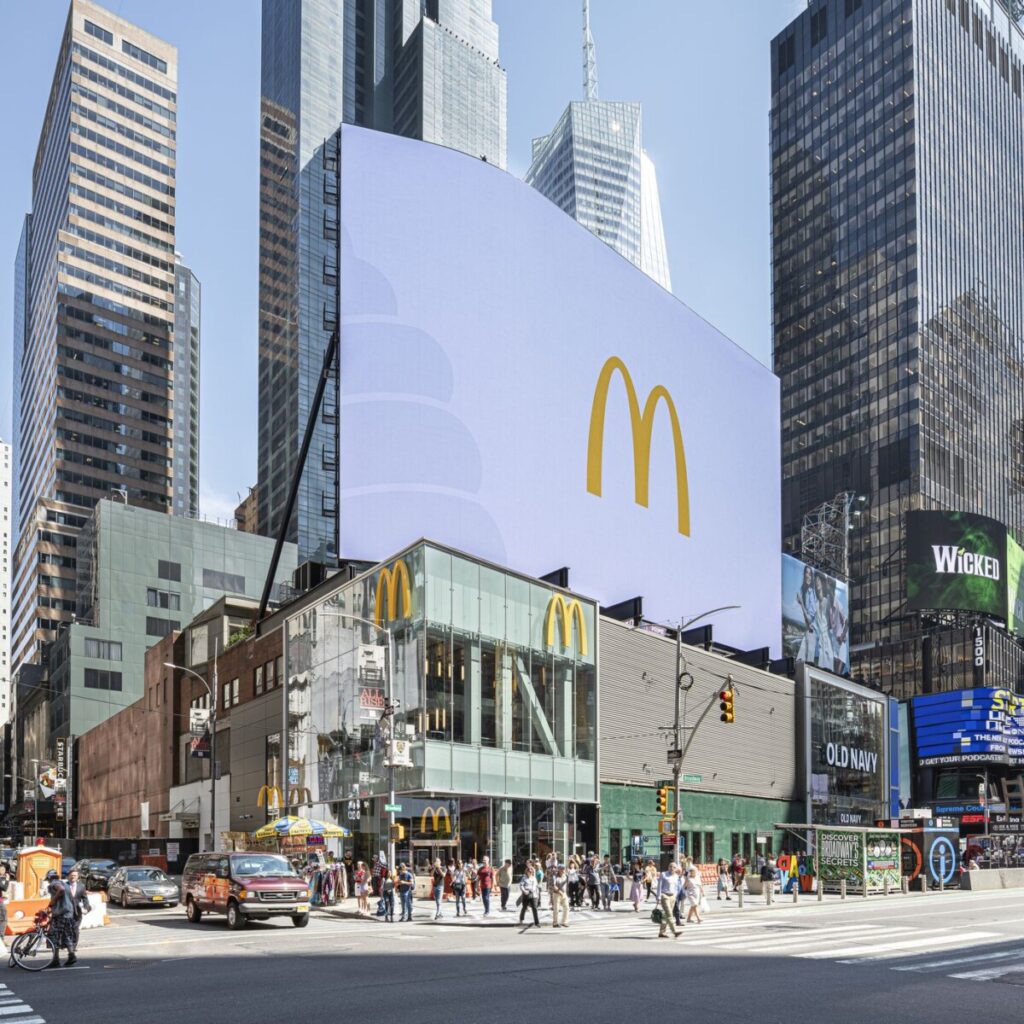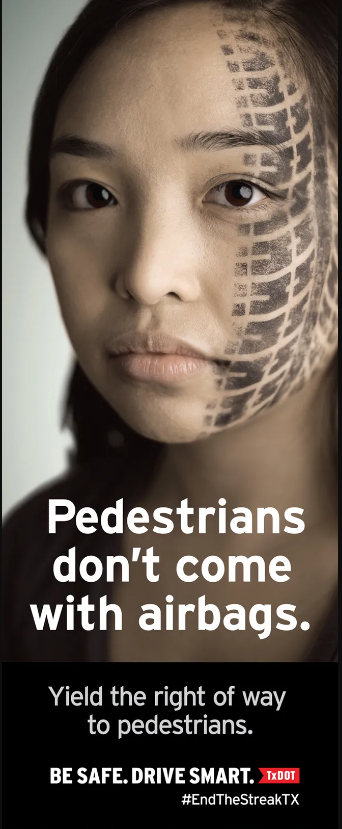Ferdinand de Saussure depicted communication through the sign, signifier, and signified. The sign represents the medium in which the signifier will live, for example, a metal octagon for a stop sign, or a painted wood & vinyl for a billboard. The signifier represents the image seen on the sign, for instance, the red paint and white “stop” text for a stop sign. The signified is the meaning that is interpreted from the signifier, for example, in the U.S. this metal octagon painted red with the word “stop” written in white indicates to drivers that they are to come to a complete stop at the intersection where the sign is placed.

Signs are used in visual communication to communicate a meaning that is usually dictated by the population viewing the sign. The impact of signs depends heavily on the culture of the receiver. For instance, in most first-world countries, the image of a slightly curved yellow M will communicate that there is a Mcdonald’s nearby. The Mcdonald’s logo itself is an icon because, for English speakers, it represents the letter M, however, it has also become a symbol of the fast food industry due to Mcdonald’s prevalence and success as a fast food chain.

Non-literal devices are used by taking advantage of symbols & iconography that already have meaning in the target audience’s community. For instance, this sign about safe driving shows a picture of a woman with a tattered print on her face. Many people can connect the pattern of the grayish imprint to be identical to that of a tire print, & with that connection established it can be assumed that the image depicts a young girl who has been run over by a car. This visual metaphor serves to communicate the importance of yielding to pedestrians as a driver, especially in urban locations.




Leave a Reply